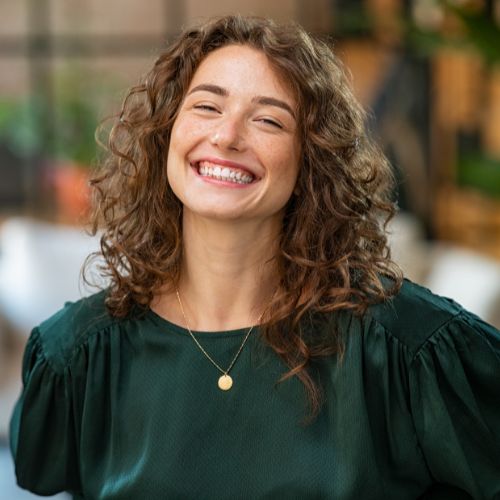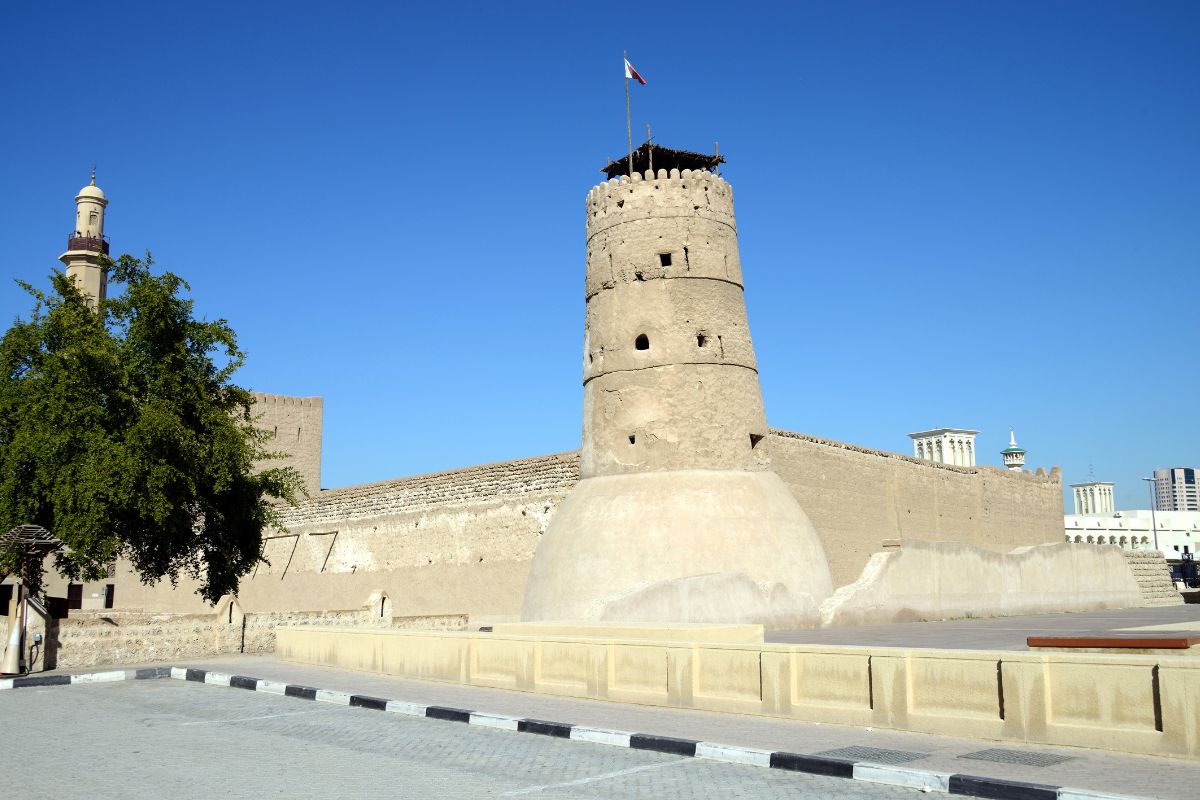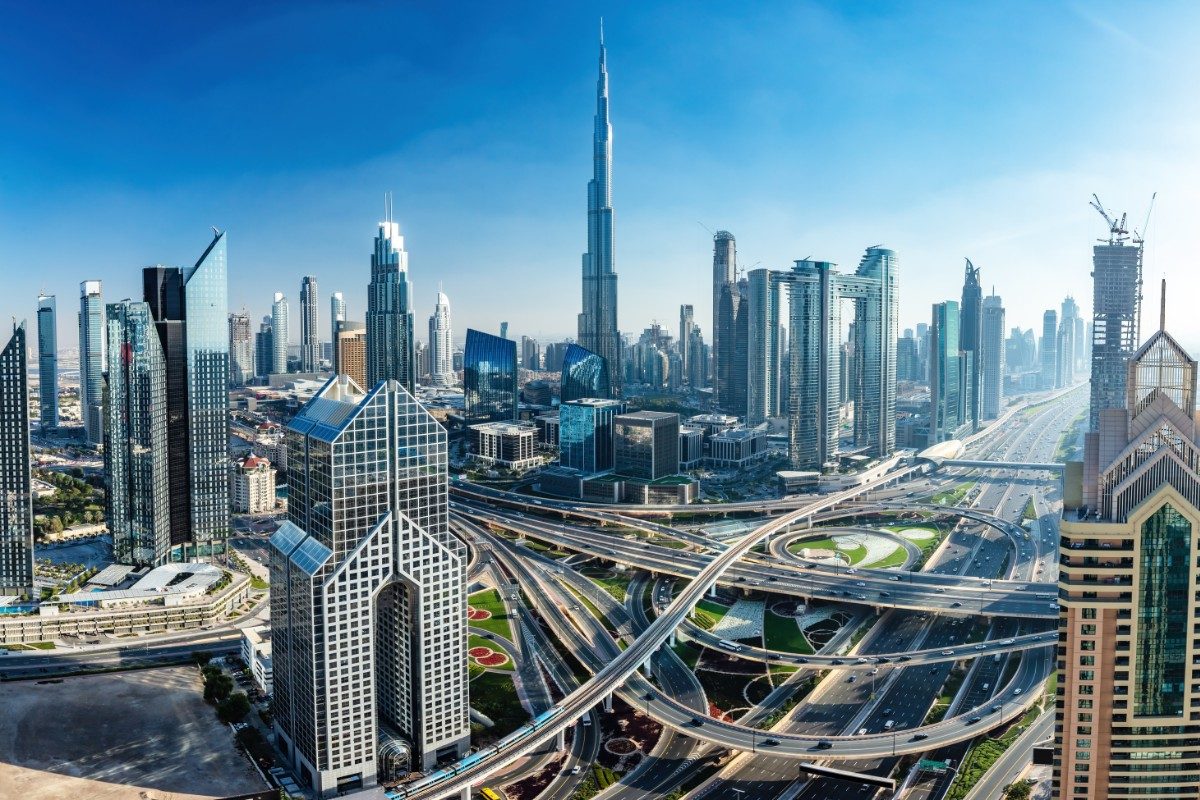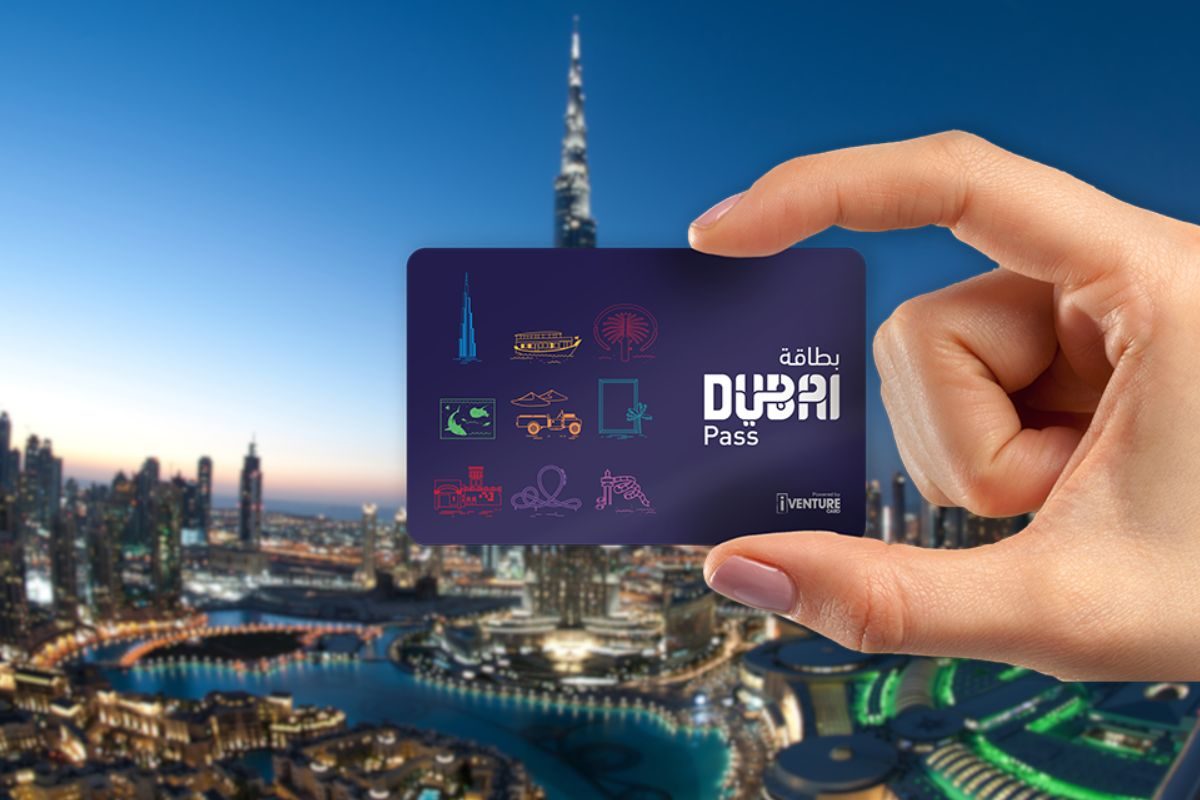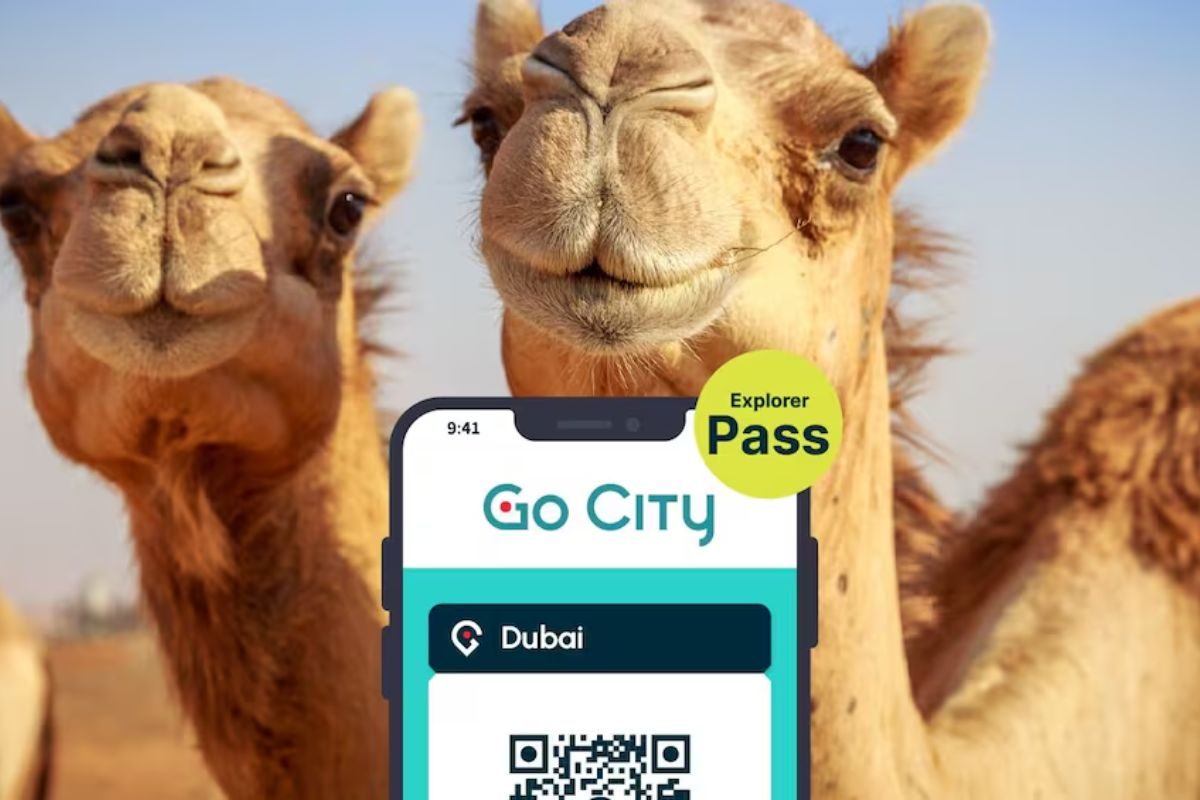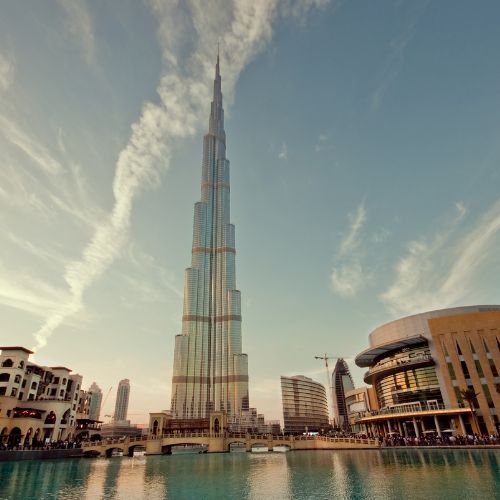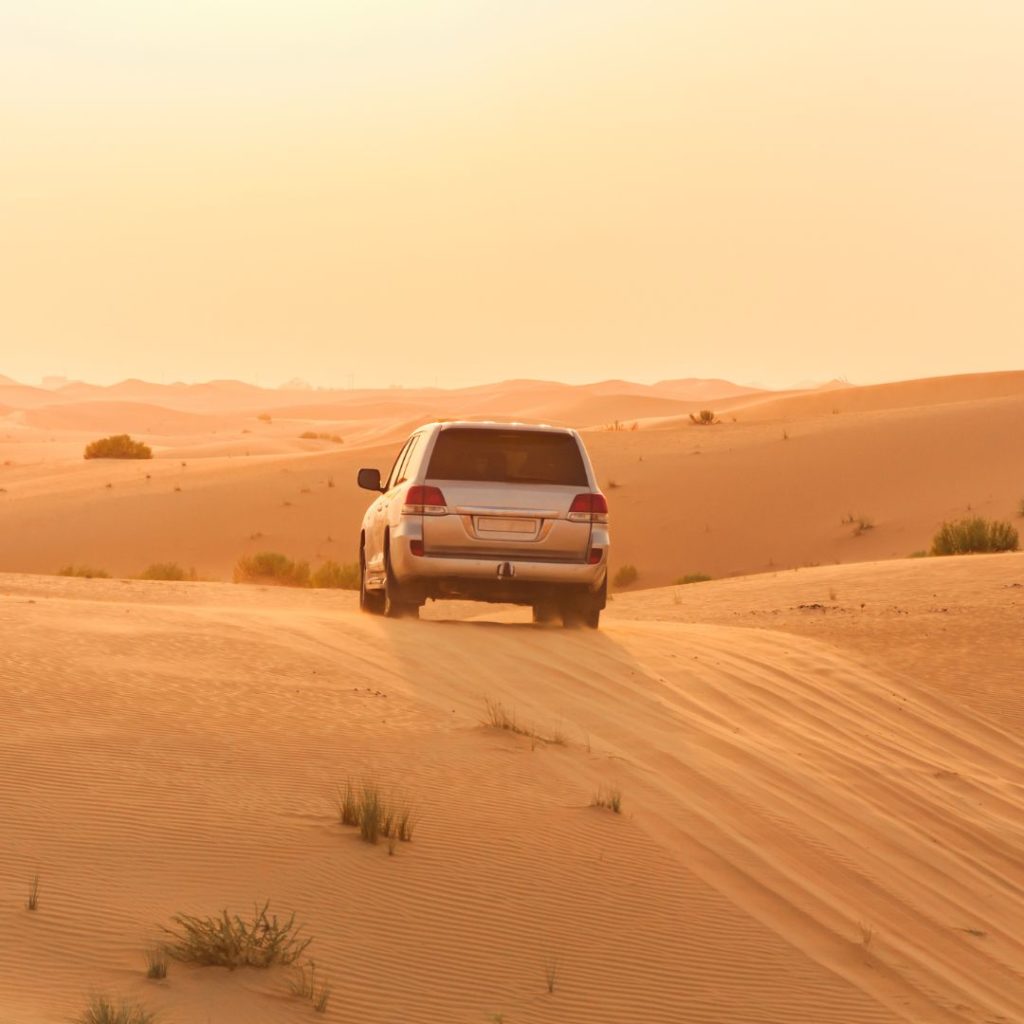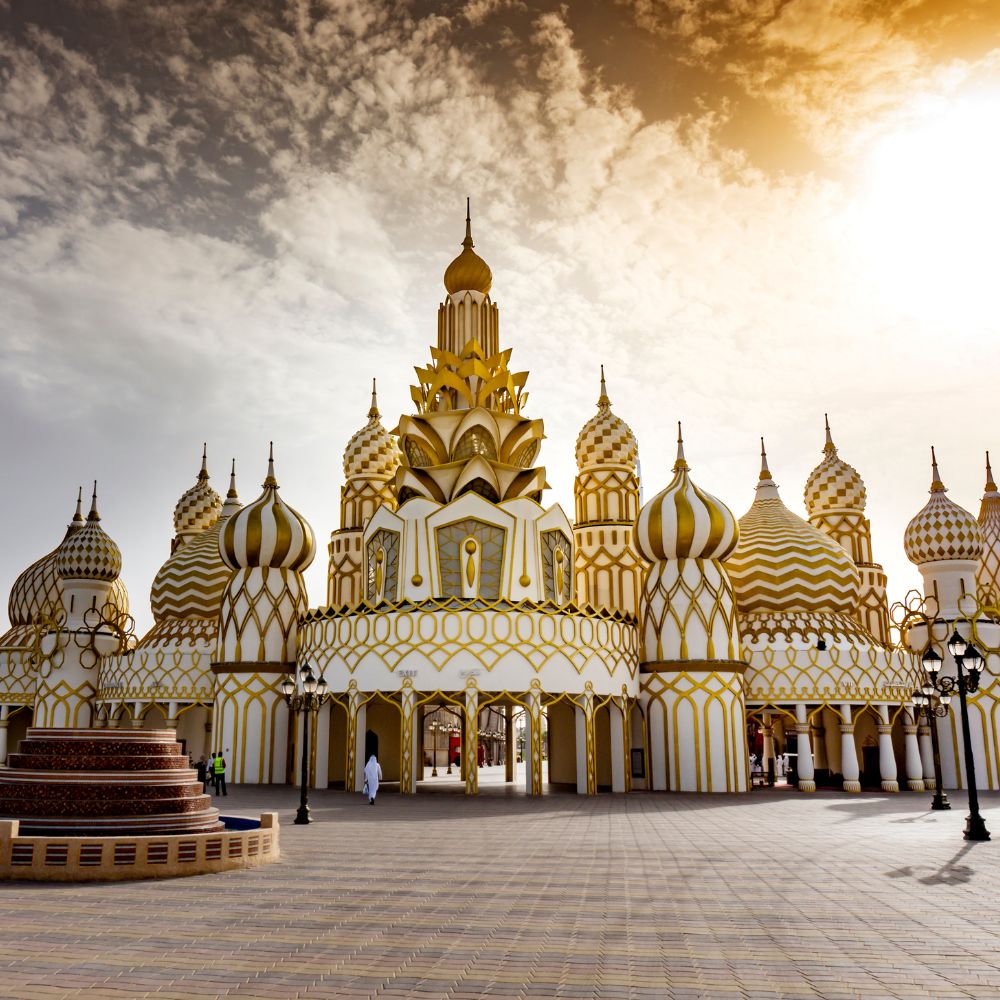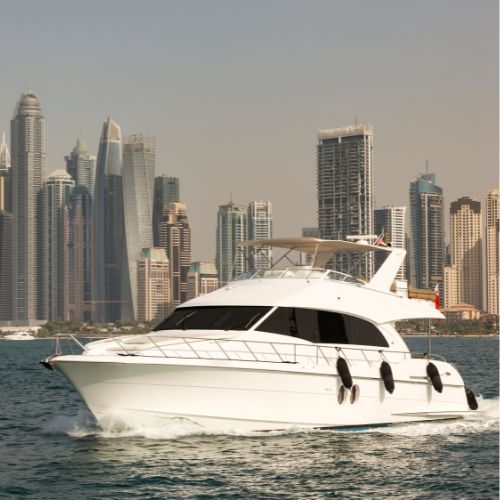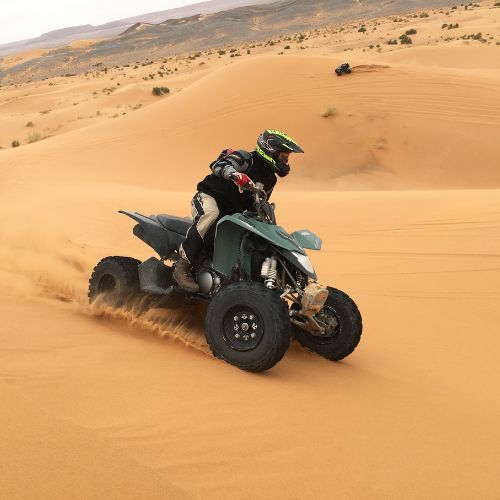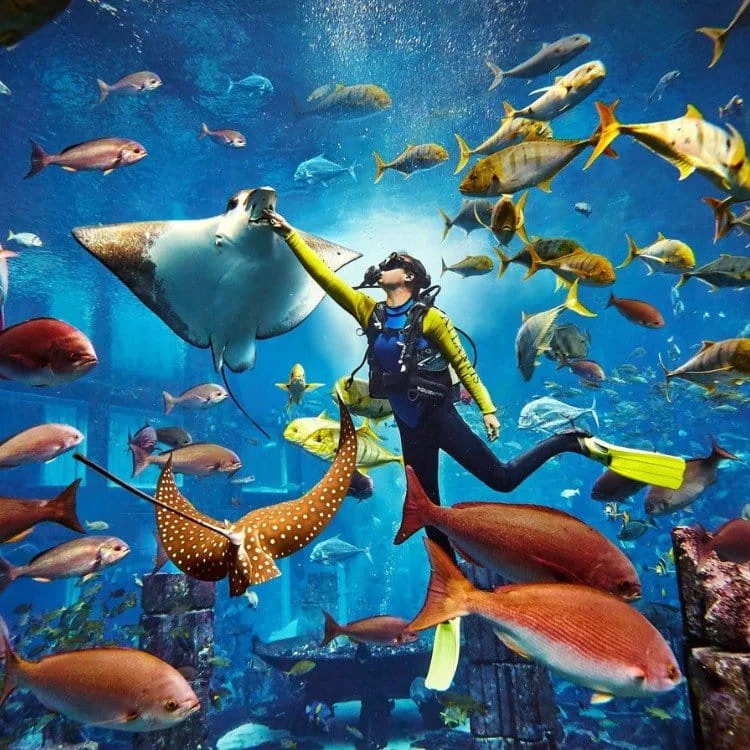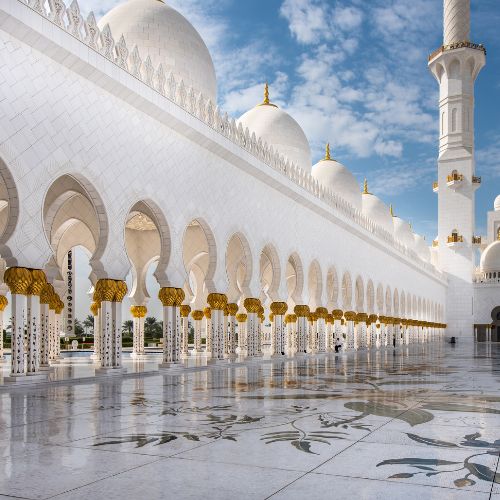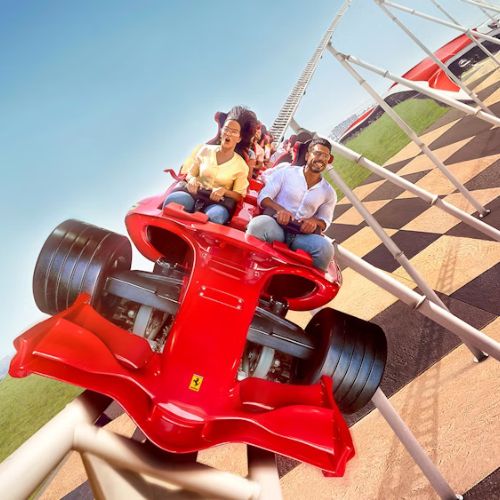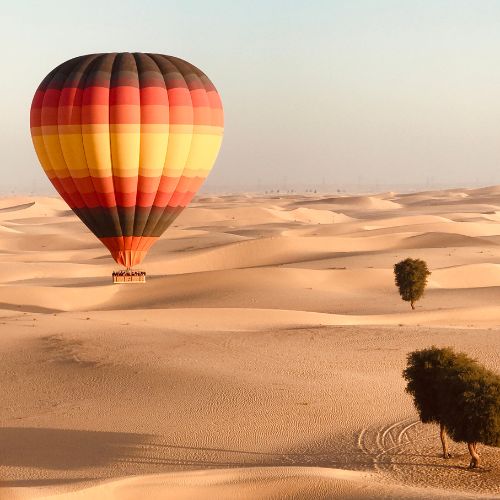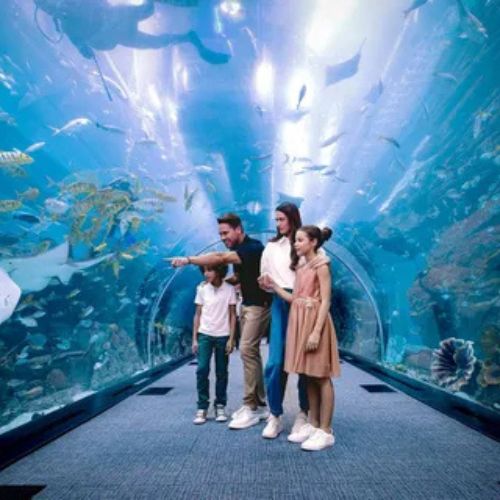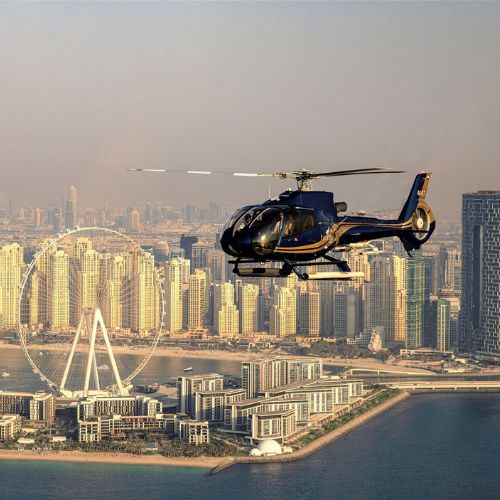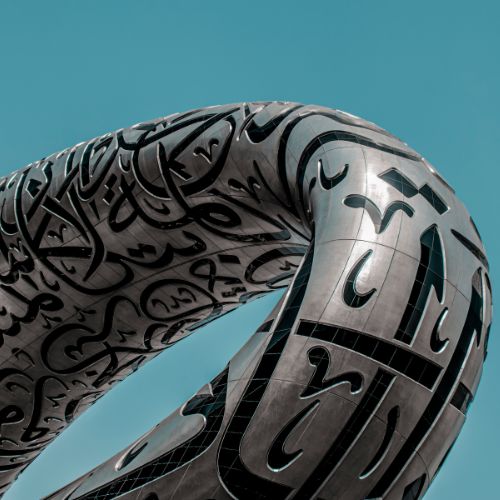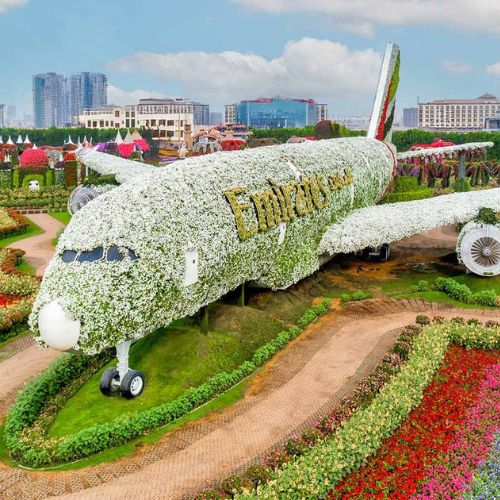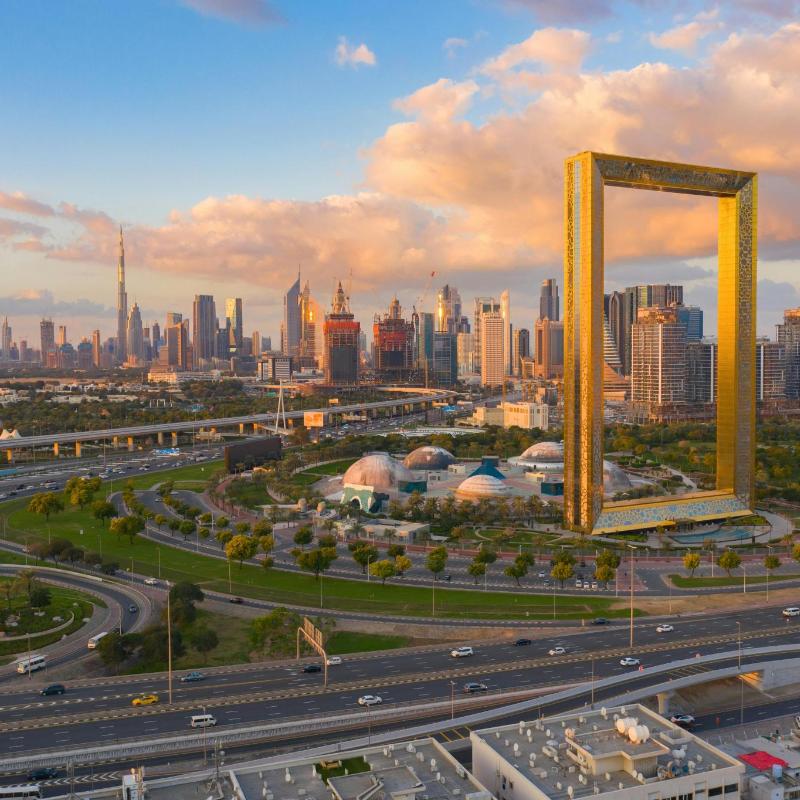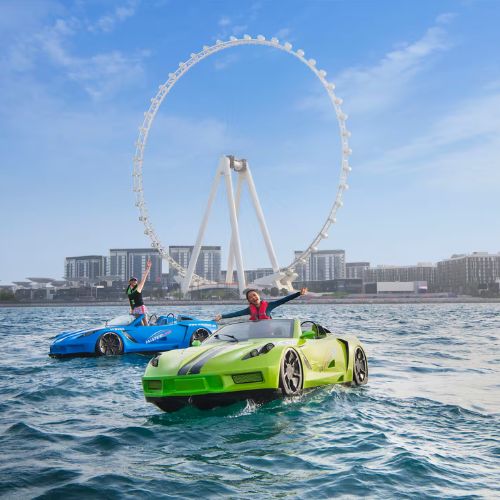Wondering how to discover Dubai's thousand-year-old history without getting lost in its modern skyscrapers? Fort Al Fahidi, Dubai Museum, a fascinating immersion in Emirati heritage and traditional Emirati life.
With its coral stone walls, period reconstructions, rare archive photos and practical tips for exploring the historic Al Fahidi district in Bur Dubai, we reveal everything you need for an unforgettable, culturally rich visit!
The captivating history of Fort Al Fahidi, a witness to old Dubai
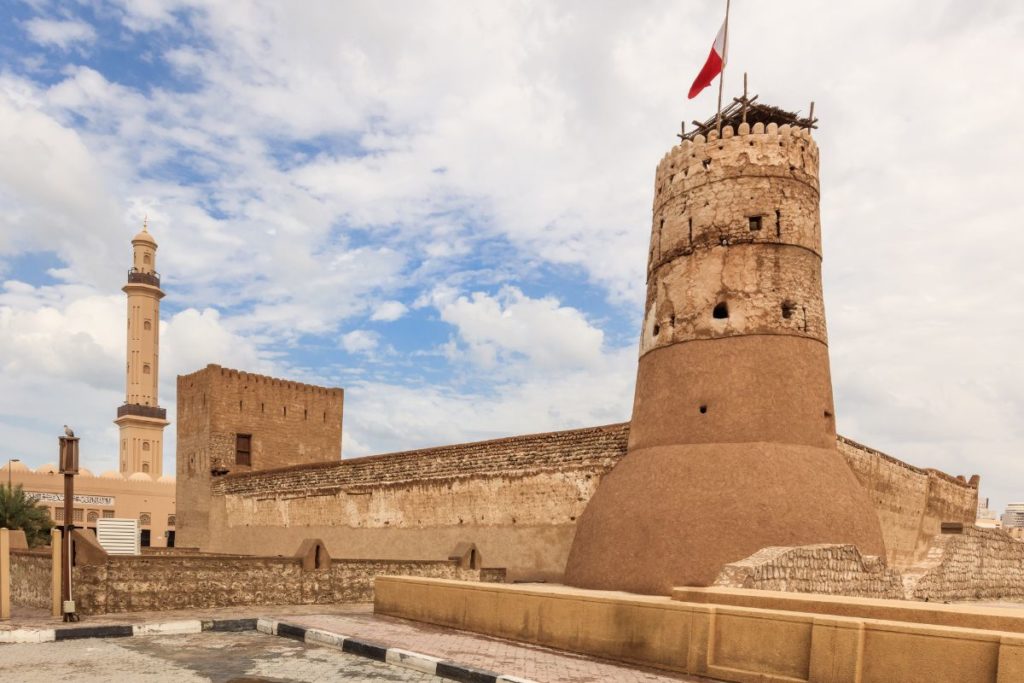
Fort Al Fahidi, built in 1787, is the oldest building in Dubai. It was erected to defend the city against sea invasions and tribal rivalries. Today, it houses the Dubai Museum, offering a glimpse of life before the oil age. Discover other emblematic forts in the Emirates to compare their historical role.
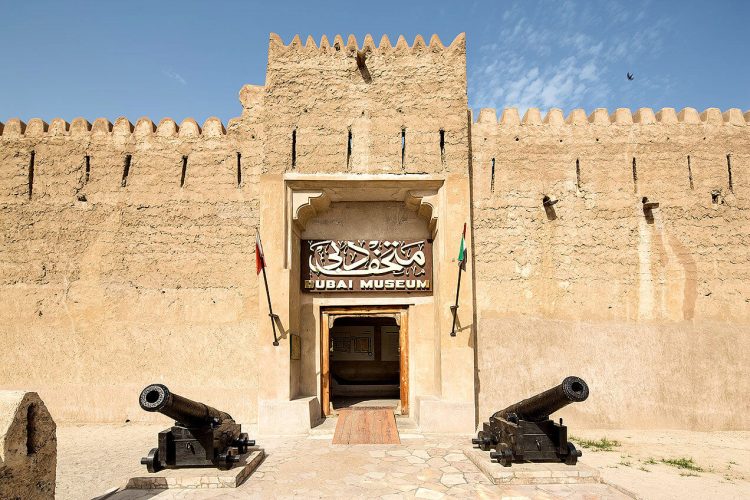
The origins of Dubai's oldest building
The fort was originally a defensive structure, protecting the inhabitants from outside attacks. It became a royal residence, a prison, barracks and then a museum in 1971. Its longevity makes it a symbol of Dubai's transformations, reflecting its evolution from a fishing village to a global metropolis.
Its sturdy coral and lime architecture bears witness to local techniques. The three towers added in the 20th century reinforce its historic stature. Featured on 100 dirham banknotes, it embodies the cultural identity of the Emirates.
Traditional Emirati architecture preserved
Coral stone walls and wind towers (barjeels) are key elements of the fort. The latter capture air currents to cool the interiors, an ingenious adaptation to the torrid climate. Local materials, such as teak wood, underline the ingenuity of the Emirati builders.
| Architectural element | Description | Function/History |
|---|---|---|
| Wind towers (Barjeels) | Wooden structures on the roof | Natural ventilation system captures winds to cool spaces |
| Defensive walls | Constructed from lime-cemented coral and shell debris | Thermal insulation and invasion protection |
| Mihrabs and Mashrabiya windows | Wall-integrated architecture and openwork wood windows | Orientation towards Mecca (mihrab) + visual privacy/safety (Mashrabiya) |
| Integrated shelves | In-wall ledges | Supports for traditional lamps |
| Corner towers | 3 massive towers at the corners of the fort | Strategic oversight and structural reinforcement |
| Local materials | Teak, sandalwood and gypsum finishes | Adapting to available resources and Emirati traditions |
Barjeels, true symbols of traditional climatic engineering, enabled the inhabitants to adapt to the extreme heat without electricity. The thick walls, combined with these towers, ensured coolness and security. These solutions reflect the way of life in harmony with the environment of the ancient Emiratis, where every architectural element had a practical and symbolic function.
The Dubai Museum: immersion in life in the Emirates of yesteryear
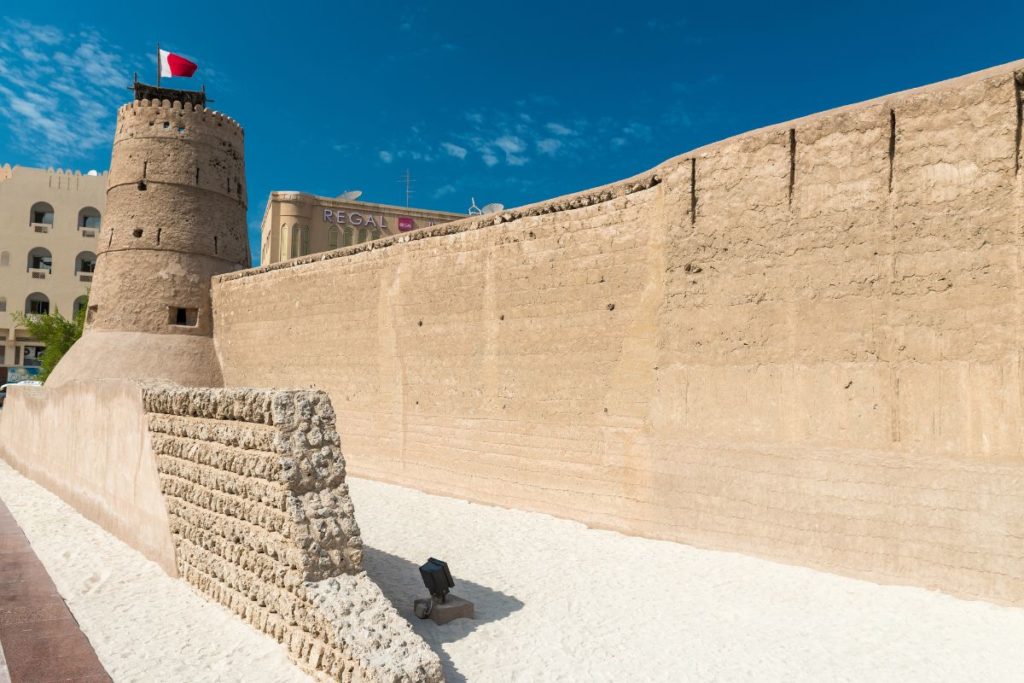
Collections and exhibitions that tell the story of traditional Dubai
The Dubai Museum tells the story of life before oil through objects, photos and reconstructions. Market scenes, traditional houses and pearl fishing tools are all on display. These collections show how Dubai evolved from a coastal village to a modern metropolis.
- Daily life before oil: reconstructed scenes showing daily activities and the evolution of Dubai.
- Traditional objects: Collection of artefacts, paintings and images testifying to the cultural heritage of the Emirates.
- Historical reconstructions: Old houses, traditional markets and pearl fishing activities
- The history of Fort Al Fahidi: Exhibitions on its various functions (residence, prison, museum) and its Arab architecture
The reconstructions plunge visitors into the daily life of Dubai's inhabitants of yesteryear. We see men smoking chicha, women weaving carpets and merchants trading in spices. These scenes, accompanied by mannequins and authentic objects, show the trades, traditions and social organization of a bygone era.
Maritime life and trade in ancient Dubai
The sea has long been the backbone of the local economy. Fishing, pearling and maritime trade accounted for 95% of income before oil. Ships called dhows carried goods to India and the Persian Gulf.

The dhows, made of wood sewn together with coconut ropes, sailed with triangular sails. Sailors used stars to orient themselves. Today, scale models and dioramas show how these boats, true symbols of Emirati ingenuity, shaped the regional economy for centuries.
Discovering the historic district of Al Fahidi
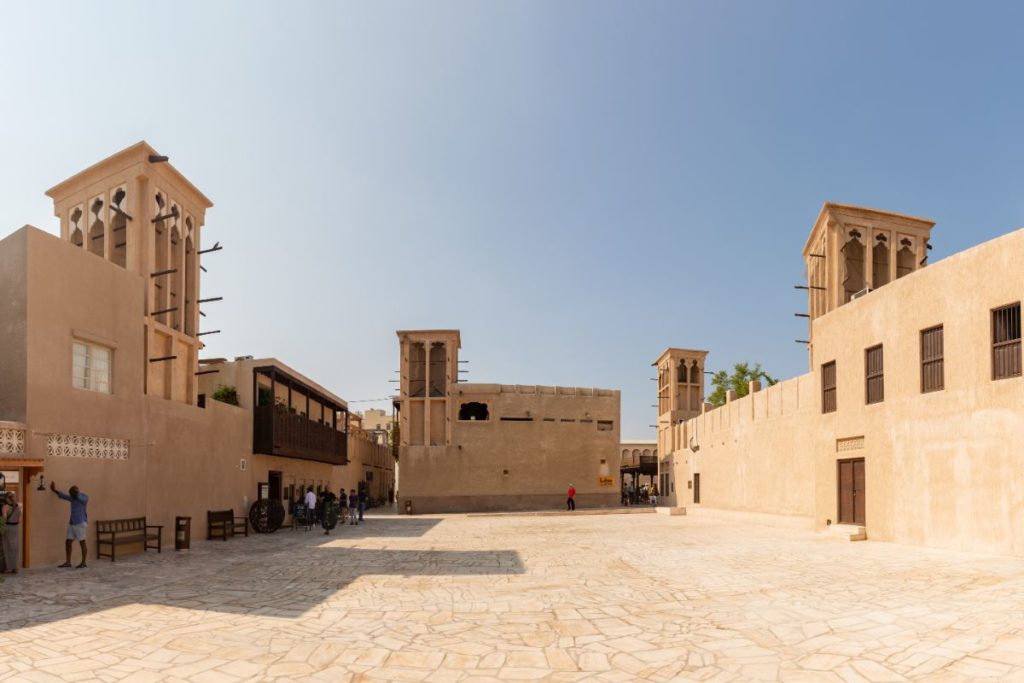
The unspoilt charm of old Dubai in Al Fahidi
Al Fahidi, Dubai's oldest district, stands in stark contrast to the modern skyscrapers. Its narrow alleyways, coral stone buildings and wind towers offer a glimpse of life in days gone by.
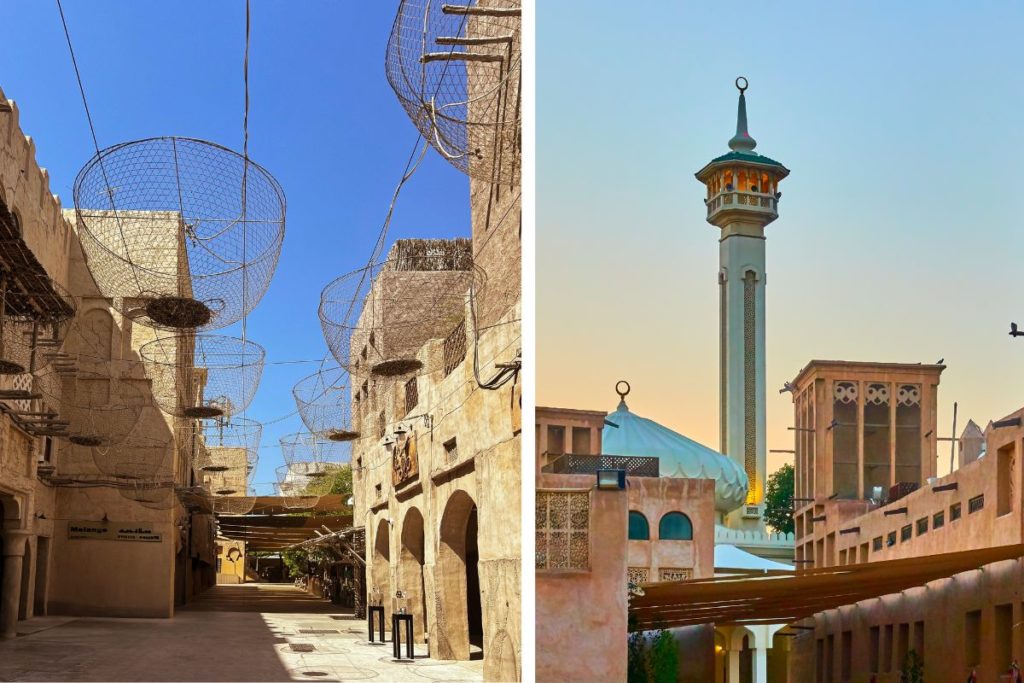
Winding alleys, coral stone facades and barjeels (wind towers) define Al Fahidi. This neighborhood, preserved through restoration, blends tradition and modernity. The thick coral and lime walls keep out the heat, while the narrow streets create an intimate atmosphere, far from the hustle and bustle of the city.
The traditional houses of Bastakiya
Once known as Bastakiya, this neighborhood was home to Persian merchants. Today, its ancient houses house cafés, galleries and museums. Inner courtyards and barjeels recall the climatic engineering of the time.
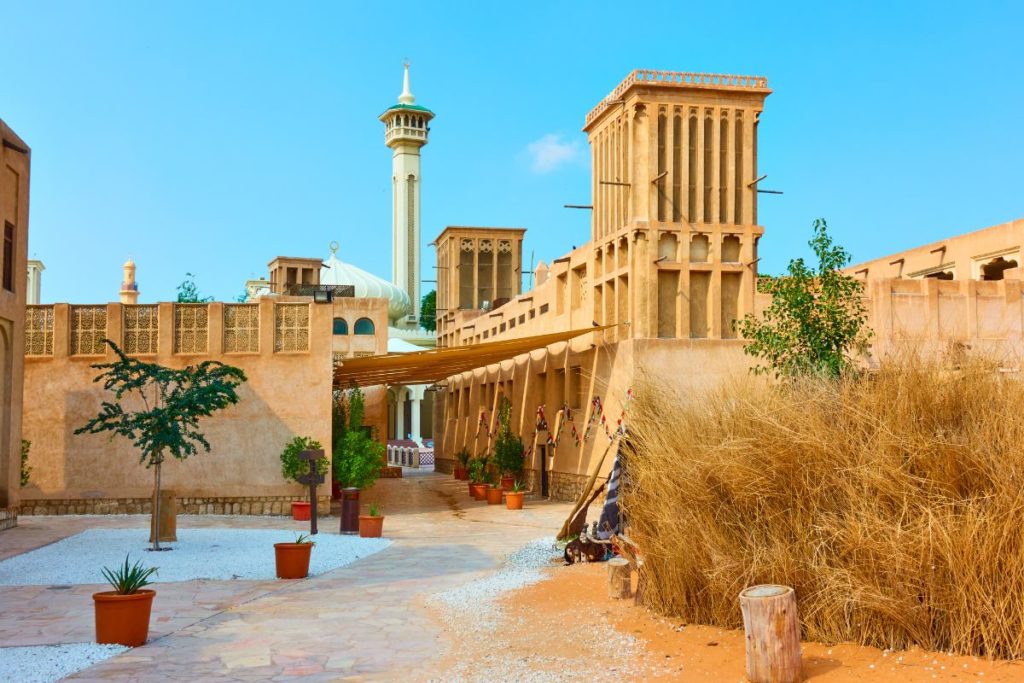
Bastakiya's houses combined functionality and aesthetics. The central courtyards offered coolness and privacy, while the barjeels caught the draughts. Sandalwood and gypsum facades reflected the owners' social status, blending art and adaptation to the desert.
Cultural activities in the historic district
Al Fahidi abounds in cultural spaces. The Majlis Gallery and XVA Gallery exhibit contemporary works in historic buildings. Festivals such as the Sikka Art Fair liven up the alleyways, fusing past and present.
Local craft workshops, such as those at Events House, enable visitors to discover Arabic calligraphy or traditional weaving. These initiatives pass on ancestral know-how, reinforcing the link with Emirati identity. Free demonstrations attract residents and curious travellers alike.
The charm of the Al Fahidi souks
Near the fort, the Souk Al Fahidi offers jewelry, spices and textiles. The lively atmosphere recalls the commercial exchanges of yesteryear, when Dubai was a crossroads between India and the Persian Gulf.

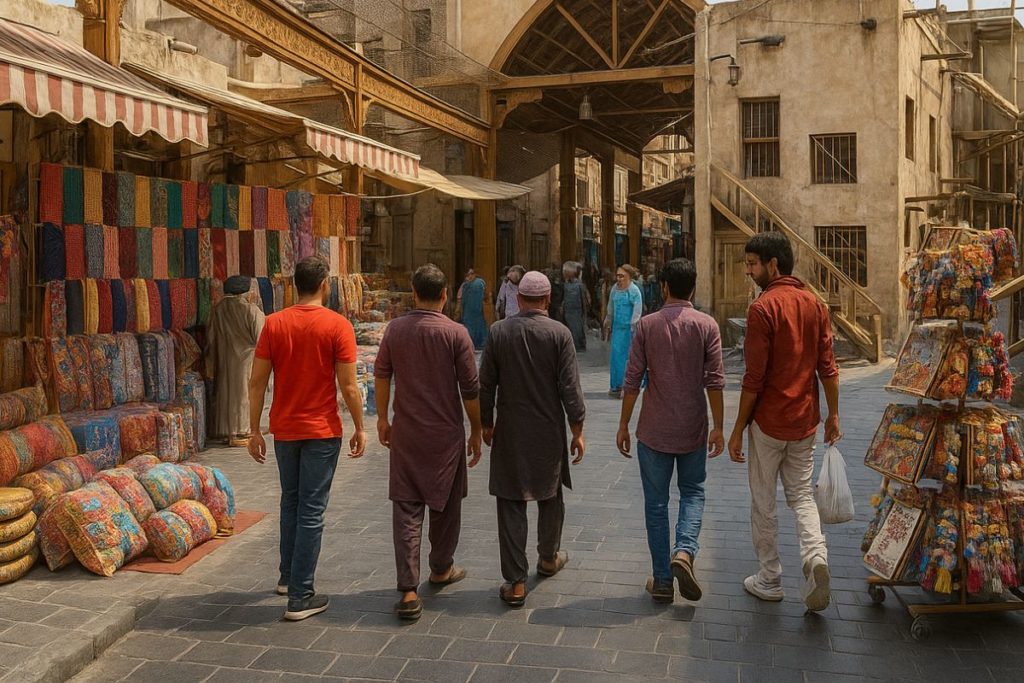
The Spice Souk intoxicates the senses with saffron, cardamom and turmeric. At the Gold Souk, glittering stalls of gold jewelry. When bargaining, start with a third of the posted price and be courteous. Bargaining remains a living tradition, inherited from the maritime negotiations of the past.
Practical information for visiting the Fort Al Fahidi Museum
Opening hours and prices to make the most of the museum
The Fort Al Fahidi Museum is open Saturday to Thursday, 8.30am to 7.30pm, and Friday, 2pm to 7.30pm. Admission costs AED 3 for adults and AED 1 for children. Check out Dubai's must-see activities to complete your stay.
| Period | Opening hours | Rates |
|---|---|---|
| Weekdays | 8:30 a.m. - 7:30 p.m. | Adult: 3 AED / Child: 1 AED |
| Weekend (Friday) | 2pm - 7:30pm | Same rates |
To avoid the crowds, visit early in the morning or late in the afternoon. Avoid July and August for milder temperatures. Allow 45 to 60 minutes for your visit. November to April offer pleasant weather, ideal for exploring the historic Al Fahidi district.
How do I get to Fort Al Fahidi?
To reach the fort, take the metro to Al Fahidi station (green line). Alternatively, buses 102 and 103 serve the area. By cab, allow 8 minutes from the airport. An abra crossing from Al Fahidi Marine Transport station costs 1 AED and offers a unique view of Dubai Creek.
Parking is limited in the neighborhood. Use the nearby Al Seef parking lots. Use Google Maps or Waze to avoid traffic jams. The historic district, with its narrow streets, is best explored on foot. Landmarks such as the fort itself and the creek make orientation easier.
Guided tours and experiences not to be missed
Guided tours offer exclusive anecdotes about the fort's history. They often include an exploration of the Al Bastakiya district. Online booking recommended to avoid queues. Available languages vary by provider.
For total immersion, combine your visit with the Al Bastakiya district, an abra crossing on the Dubai Creek, then the gold and spice souk. Allow half a day for this tour. Finish with a traditional meal at the Arabian Tea House or attend a cultural show such as La Perle by Dragone for a taste of Emirati wealth.
Al Fahidi Fort, a silent witness to the Dubai of yesteryear, invites you to explore its museum, its legendary architecture and the narrow streets of Al Fahidi. An immersion in thehistory of the Emirates, where each stone tells the story of a traditional Emirati life. It's up to you to experience this cultural immersion before time erases these treasures-your journey into the past begins here, between period photos and authentic souks. Dare to rediscover Dubai!
